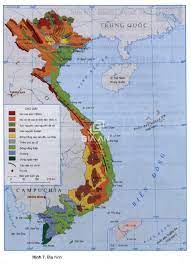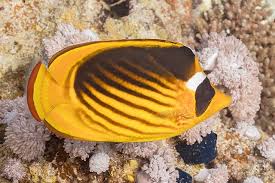Vietnam is a country blessed with numerous lakes and reservoirs that not only provide essential water resources but also serve as a source of renewable energy through hydropower generation. These bodies of water play a significant role in Vietnam’s economic development, energy security, and ecological balance. In this article, we will explore some of Vietnam’s prominent lakes and the importance of hydropower in harnessing the country’s natural resources.

- Ho Tay (West Lake):
Ho Tay, or West Lake, is the largest freshwater lake in Hanoi, the capital city of Vietnam. Located in the northwest part of the city, this expansive lake covers an area of approximately 500 hectares. Ho Tay is not only a scenic attraction for locals and tourists but also a vital water source for the city. It plays a crucial role in regulating the water supply, mitigating flooding risks, and improving the overall environmental quality of Hanoi. - Hoan Kiem Lake:
Hoan Kiem Lake, also known as the “Lake of the Restored Sword,” is an iconic landmark in the heart of Hanoi. Legend has it that Emperor Le Loi returned a magical sword to a sacred turtle living in the lake, symbolizing Vietnam’s independence. Hoan Kiem Lake holds cultural and historical significance and is a popular recreational spot for locals and visitors. It provides a serene oasis amidst the bustling city, with its picturesque surroundings and the iconic red bridge leading to the Ngoc Son Temple. - Thac Ba Lake:
Thac Ba Lake, located in Yen Bai Province in northern Vietnam, is a vast man-made reservoir formed by the construction of the Thac Ba Hydropower Plant. This reservoir not only serves as a source of hydroelectric power but also contributes to irrigation, aquaculture, and tourism activities in the region. Thac Ba Lake is known for its scenic beauty, surrounded by rolling hills, lush forests, and traditional ethnic minority villages. Visitors can enjoy boat trips, fishing, and exploring the cultural heritage of the surrounding communities. - Hoa Binh Lake:
Hoa Binh Lake, situated in Hoa Binh Province, is another significant reservoir in Vietnam that plays a vital role in hydropower generation and water supply for irrigation. It is formed by the Hoa Binh Dam, one of the largest hydropower plants in Southeast Asia. The lake is nestled amidst breathtaking mountainous landscapes, offering opportunities for water sports, eco-tourism, and cultural experiences with the local Muong ethnic group. - Son La Lake:
Son La Lake, located in Son La Province in northern Vietnam, is a scenic reservoir created by the Son La Hydropower Plant. This massive hydropower project not only provides renewable energy but also contributes to flood control and water supply. Son La Lake offers visitors a chance to appreciate the beauty of the surrounding mountains, visit ethnic minority villages, and explore the cultural heritage of the region.
Hydropower plays a significant role in Vietnam’s energy mix, contributing to the country’s renewable energy goals and reducing its reliance on fossil fuels. The development of hydropower projects helps to meet the growing demand for electricity while minimizing the environmental impact. It also provides job opportunities and supports local economic development in the surrounding areas.
Vietnam’s lakes and reservoirs are not only sources of renewable energy but also invaluable natural resources that support ecological balance, water supply, and recreational activities. They offer a chance to appreciate the beauty of nature, explore cultural heritage, and experience the harmony between human development and environmental sustainability.
Join us in exploring the scenic lakes of Vietnam, where the serene beauty of water bodies and the power of renewable energy come together to create a sustainable future. Discover the cultural significance, ecological importance, and awe-inspiring landscapes that make Vietnam’s lakes and hydropower projects an integral part of the country’s journey towards a greener and more sustainable future.









